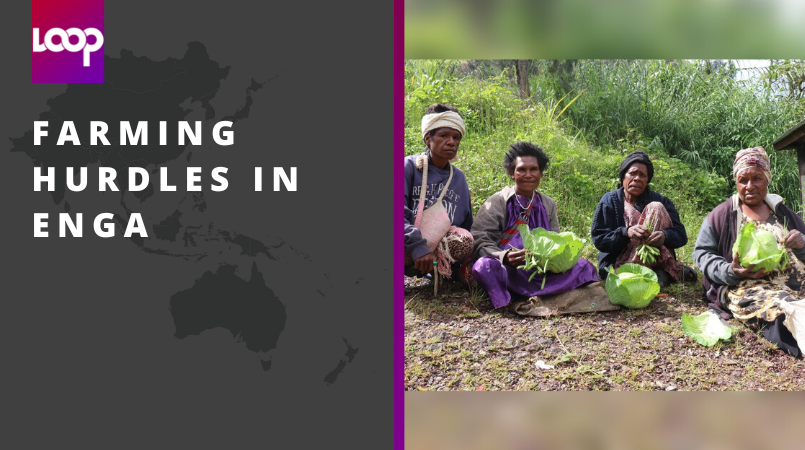
Most households in Enga Province rely on subsistence farming for their livelihoods, but face challenges in maximising their income due to high costs of farming inputs.
The farming inputs include fertilisers, where low profit margins can push families to use more artificial and imported fertilisers.
Janet Pungin, a mother of four in her 50s, is responsible for farming and raising livestock in her household, especially caring for pigs.
“Because pigs are valued in Engan culture, it is my responsibility to ensure that our pigs are fed and taken care of. Pigs are fed sweet potato so it is important there is a constant supply of feed for the pigs,” she said.
“I also grow potatoes, cabbages, carrots and bulb onions to sell at the markets.
“Money made from the sale of these crops helps us with other needs. But in order to see high yield, we must use fertilisers and this has been the normal practice over so many years.
“My family and other families in my community own a certain piece of land. We use the same land to grow food crops and vegetables all year around using crop rotation,” she added, indicating the existence of some sustainable land management practices already used by households.
The United Nations Development Programme has started community consultations in Wapenamanda to establish new community conservation areas (CCAs).
This first round of community consultations, in Minamb valley and the surrounding Kumul area, involved meeting with local government representatives and households to understand their land use practices and challenges.
Pungin was one of the locals who engaged with the UNDP team to help them understand their daily activities and land use practices.
(Janet Pungin, in purple, with other women farmers of the Walia tribe)
